March 31-April 6, 2024
Celebrating One Year!

There was a slow, quiet pause this week as spring stepped aside once again to let clouds, rain, and snow take center stage.
This is something to celebrate, and it's incredible to look over the observations and photographs we've shared over the past year.
It's also astonishing that this project has been funded entirely through generous donations and paid subscriptions, along with the support of hundreds of free subscribers who love and appreciate every issue of the newsletter.
I can't thank everyone enough for this adventure we're on. I'm deeply touched by your engagement and boundless curiosity for the natural world, not to mention your many fascinating questions, insights, and positive comments over the past year.
I can't wait to see what this next year brings! If you're able to, consider upgrading to a paid subscription—or make a donation in any amount using the button below.
And please share the newsletter with friends and neighbors!
Week in Review
What a week this has been! If it wasn't for that bit of pale sun breaking through the clouds today the week might have been a bust, with days of clouds, wind, and rain. We even had several rounds of snow dusting hills around the valley.
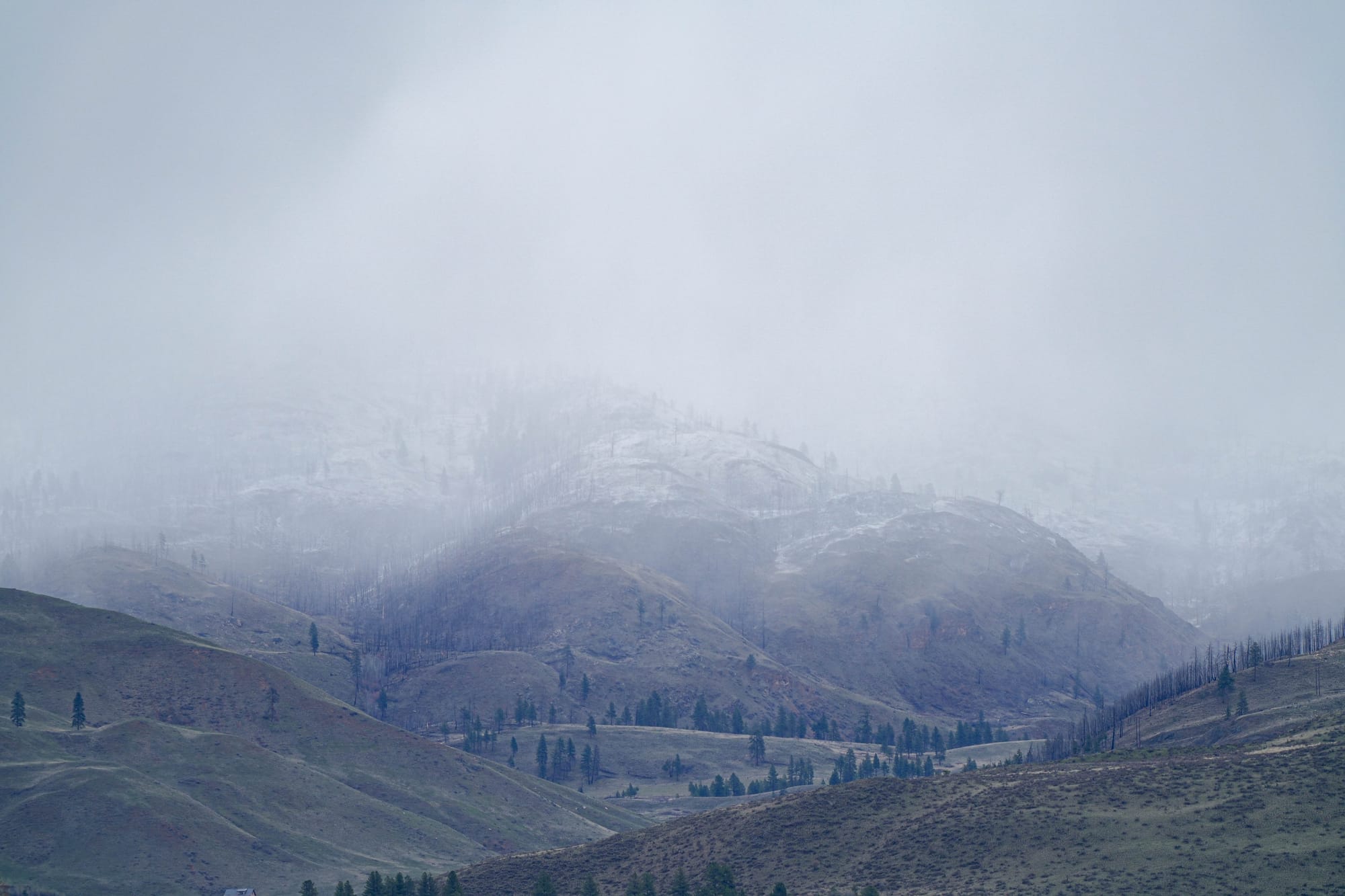
There weren't a lot of observation reported on the Nature Notes Facebook group this week, but the shift into spring still continues at a slow and subtle pace. For example, yesterday (April 5) there were about 80 gulls migrating north up the Methow River through the wind and rain. And a few wet American goldfinches at the feeder have begun to look surprisingly sporty in their new yellow feathers.
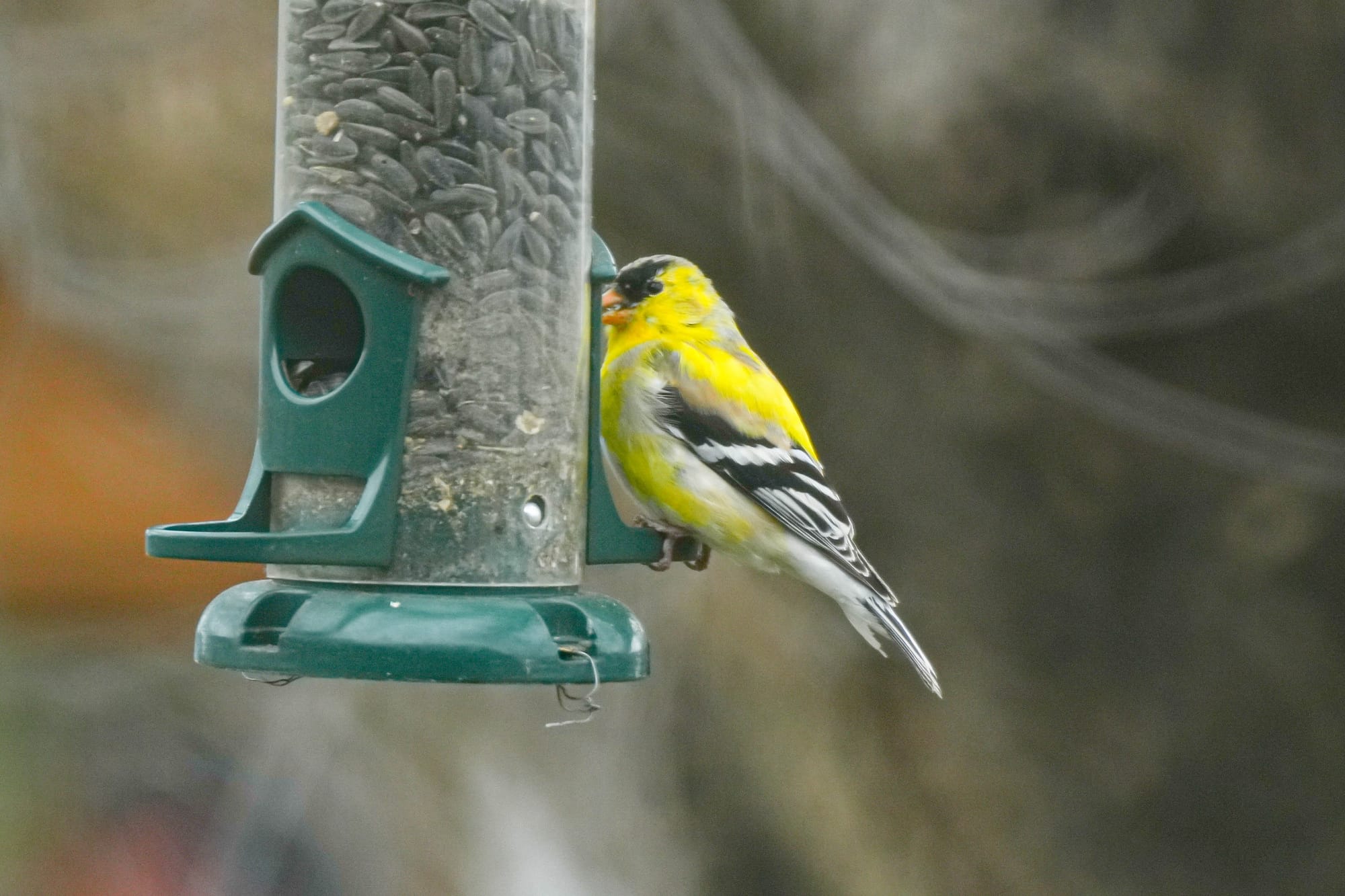
And, in case there's any doubt, trees and shrubs sprouted crops of fresh, new leaves this week, spreading a wash of color over the entire valley floor.
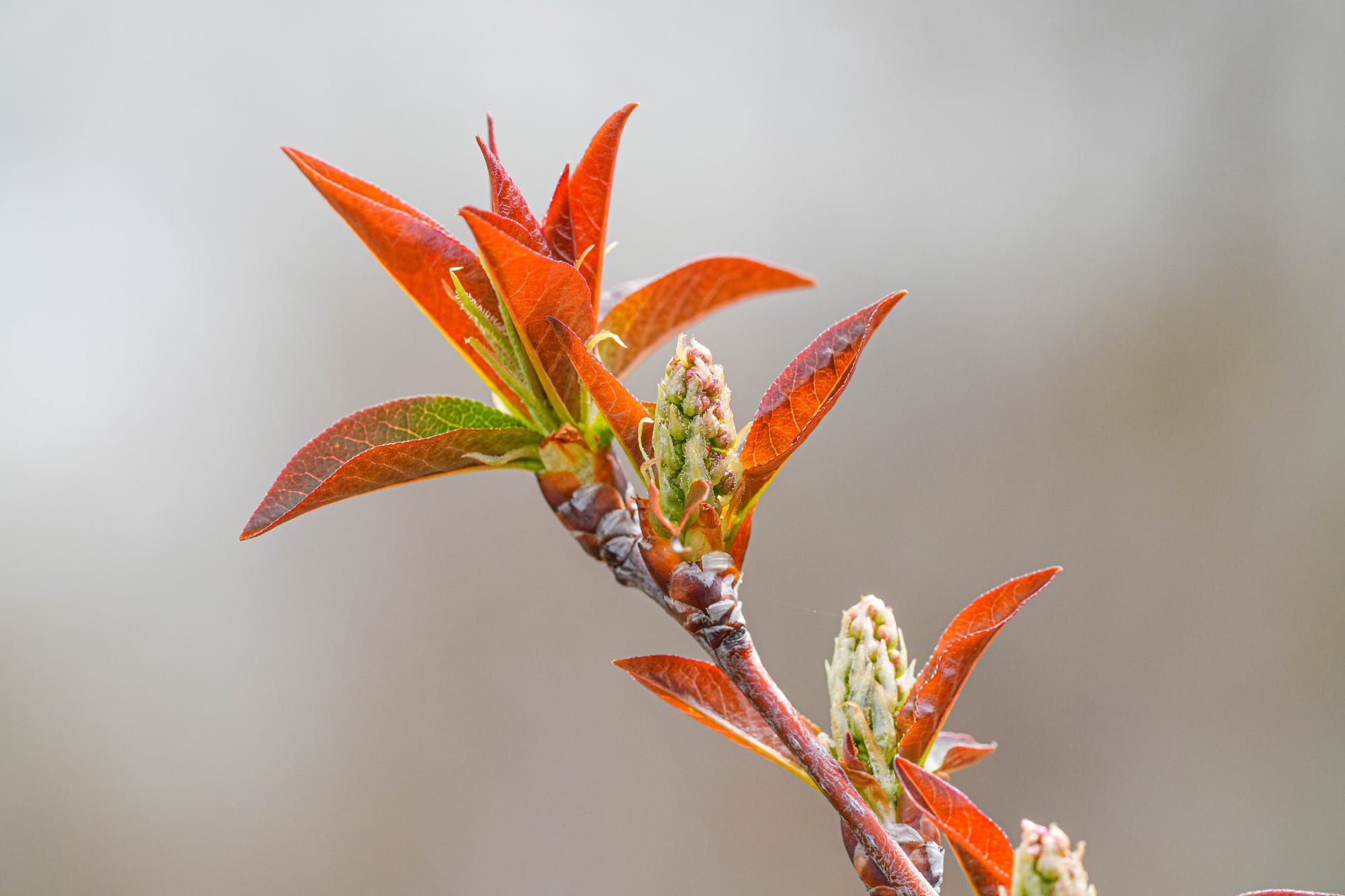
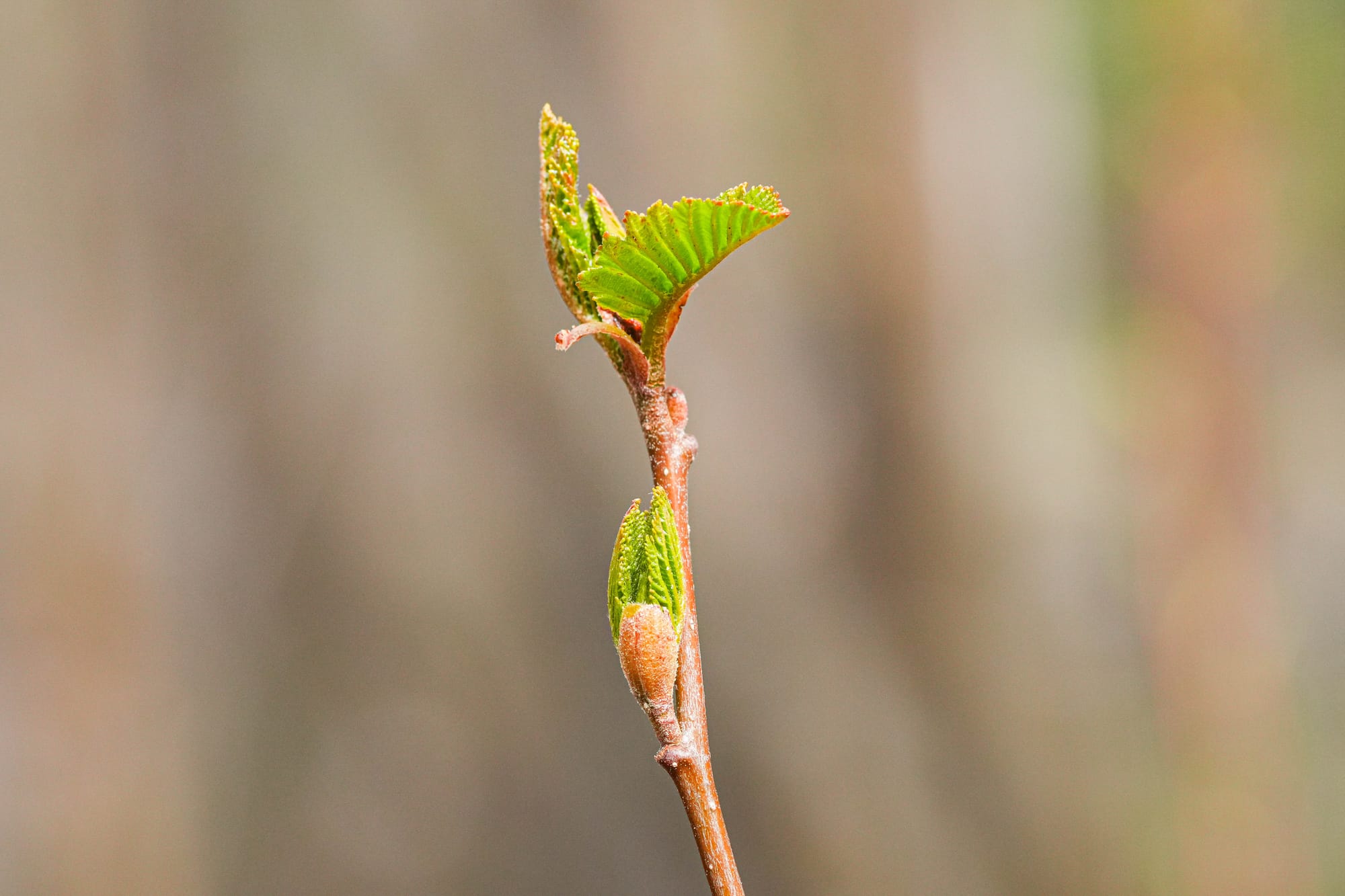
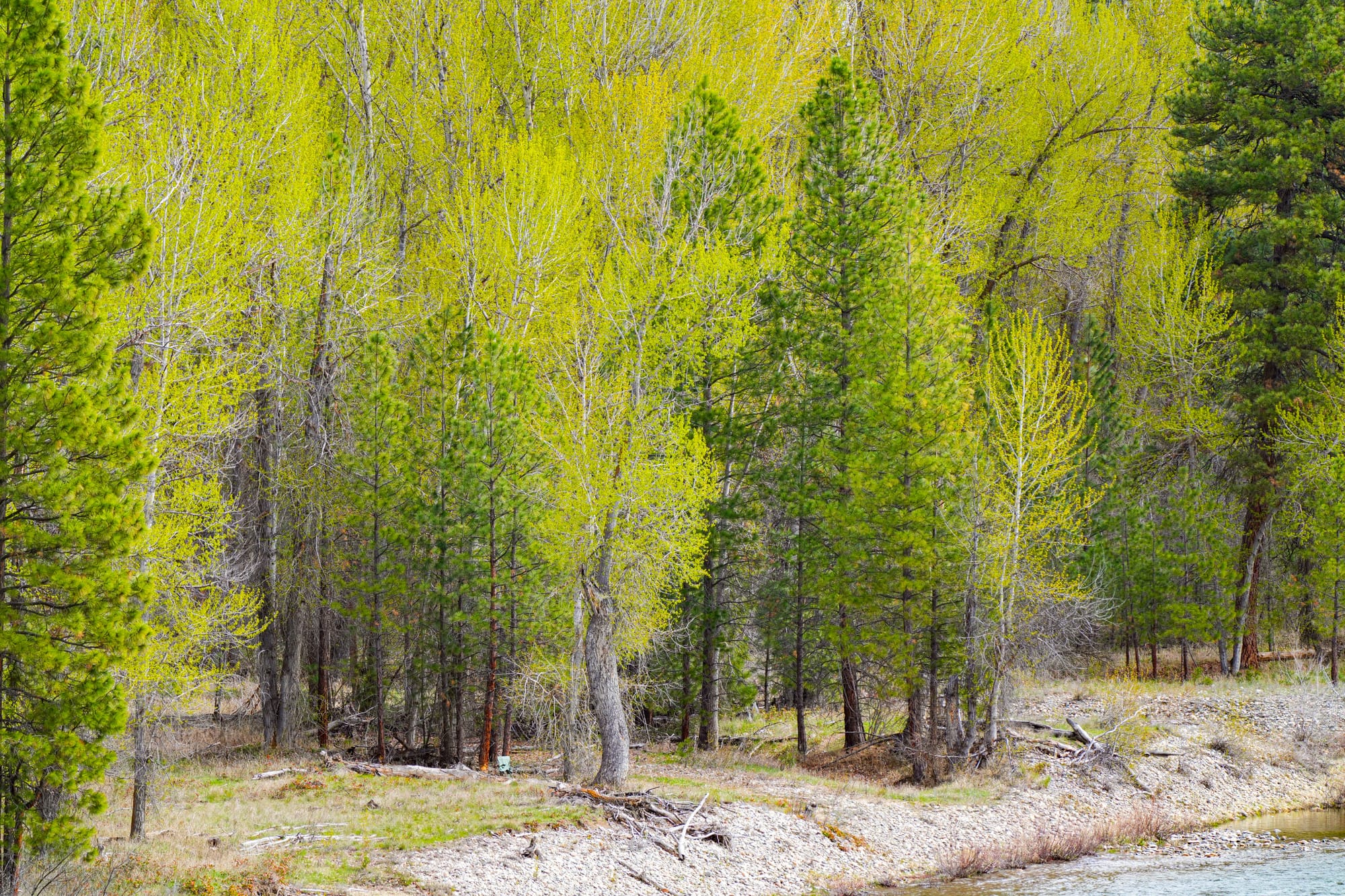
The emergence of leaves is also a significant turning point because these tender new leaves are full of sugars and proteins, but not yet protected, so they trigger an emergence of hungry insects. In turn, this is the signal for insect-eating birds like warblers, vireos, and flycatchers to begin arriving. Today (April 6), both black-capped chickadees and my first ruby-crowned kinglets of the year were observed searching for insects on new cottonwood leaves.
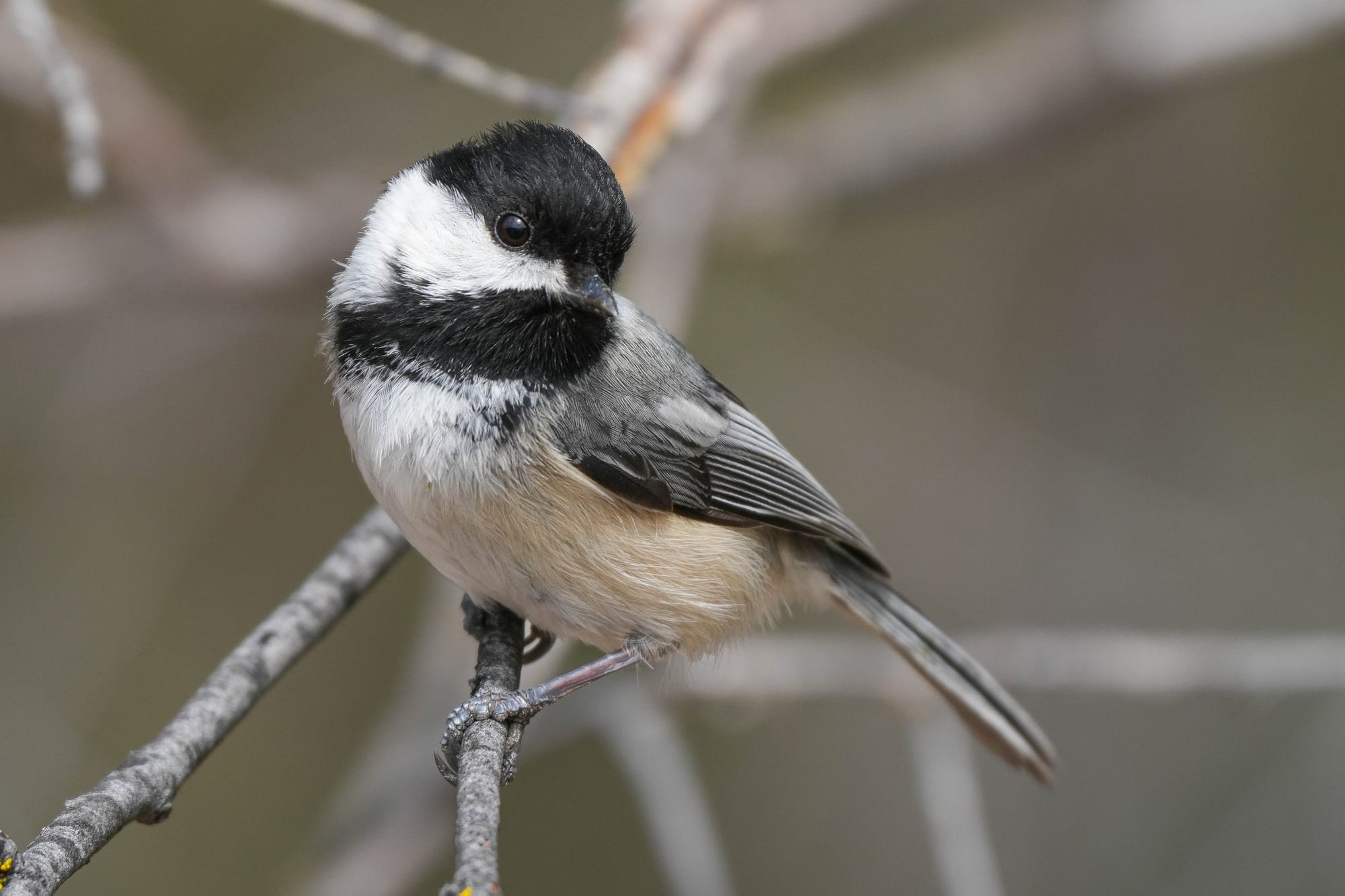
Speaking of insects, it's a thrill to see insects out again after a long absence. All winter long we've only been seeing a handful of mammals and birds, so finding different kinds of insects is exciting.
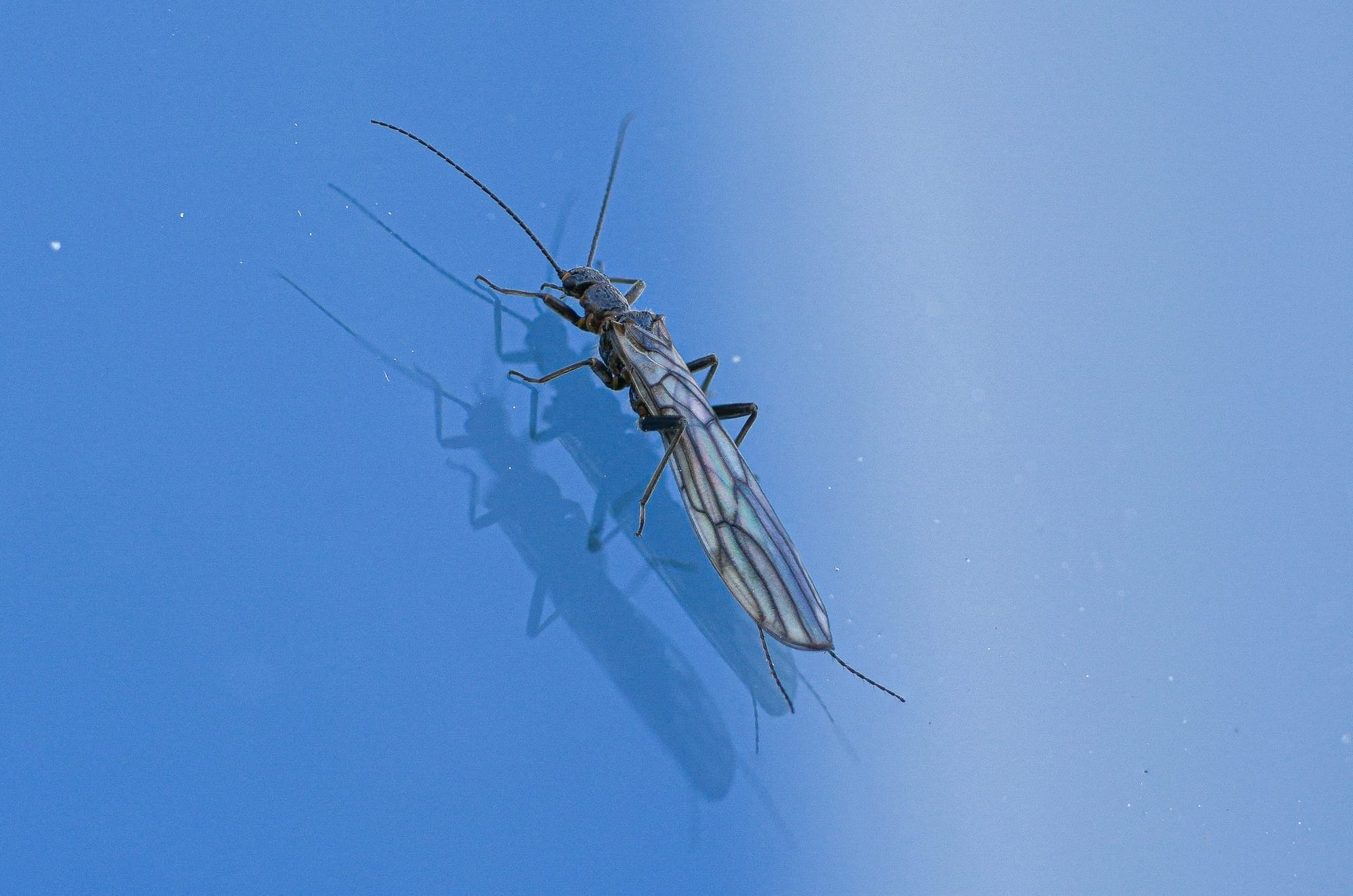
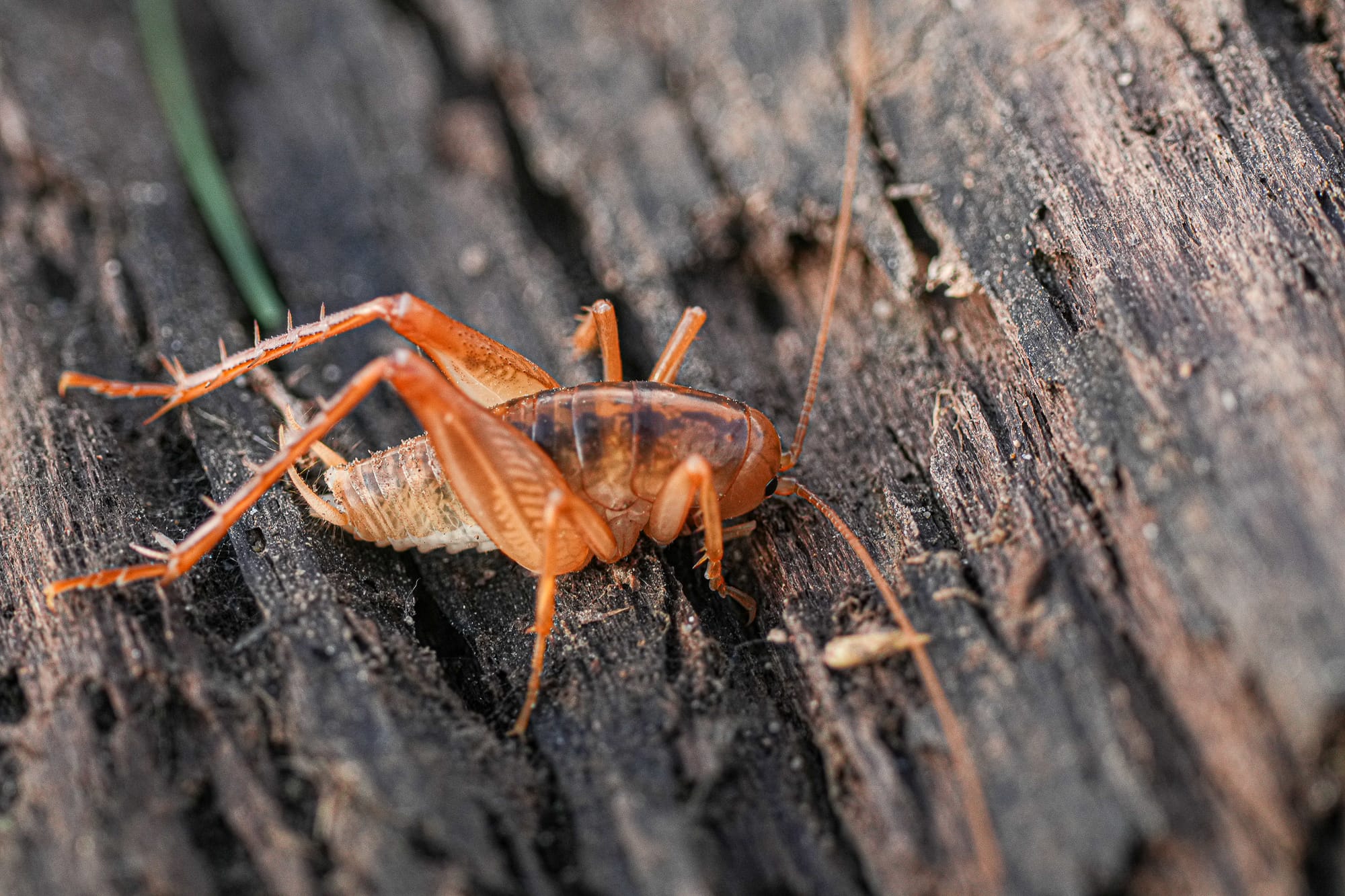
Observation of the Week: Toad Bugs
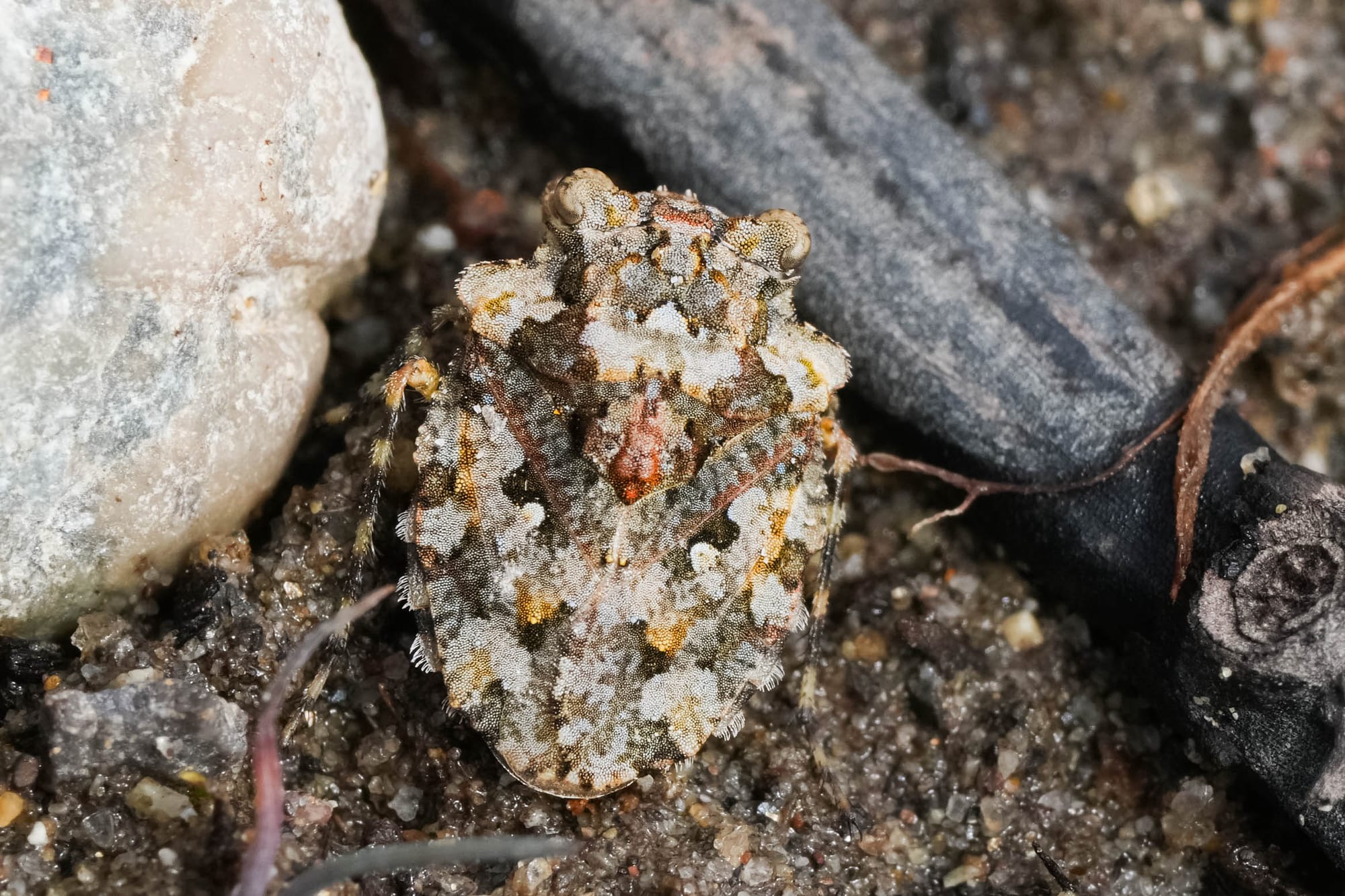
One insect that's very different and unexpected is a tiny hopping critter you might notice in sandy areas along the river. These bugs are called toad bugs because they look like squat, little, hopping toads!
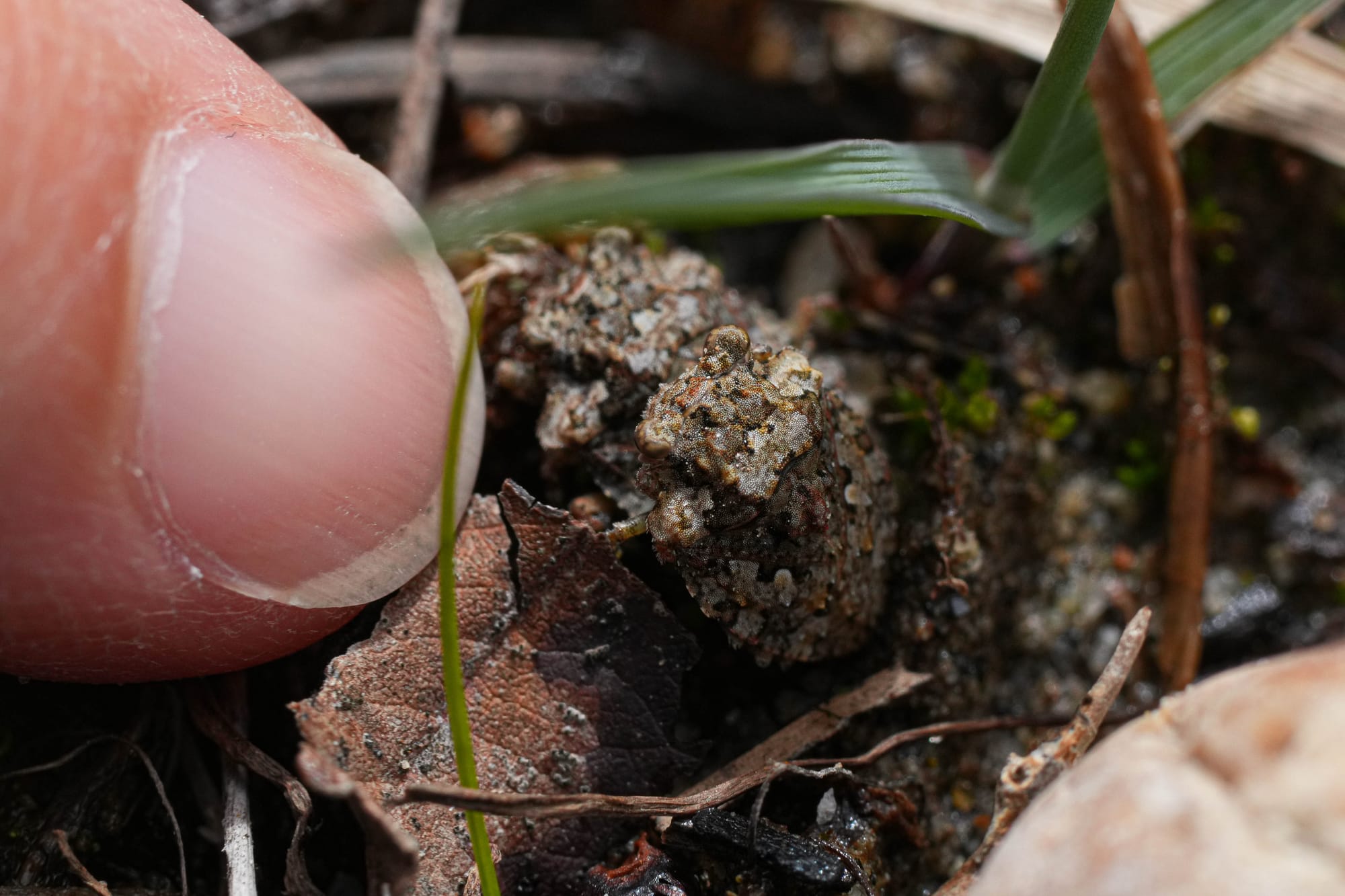
Toad bugs live in wet, sandy areas and rely on camouflage to hide while watching for passing insects that they jump on top of and subdue with their modified front legs. In fact, they are so well hidden that if they didn't jump, you'd almost certainly never see one.
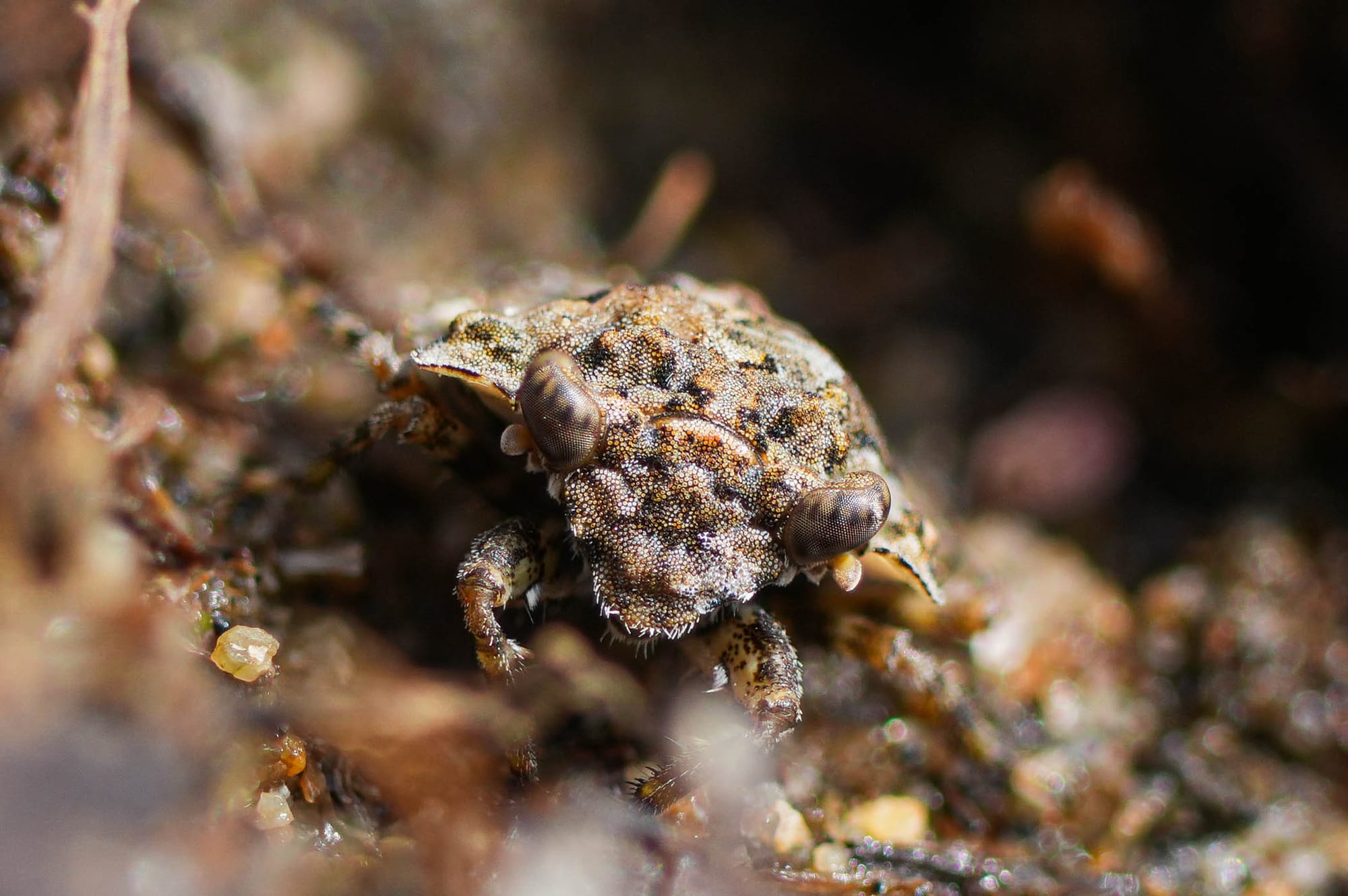
Like other bugs, including closely related water bugs, toad bugs have specialized mouthparts for piercing and sucking, which makes them tiny but formidable predators.
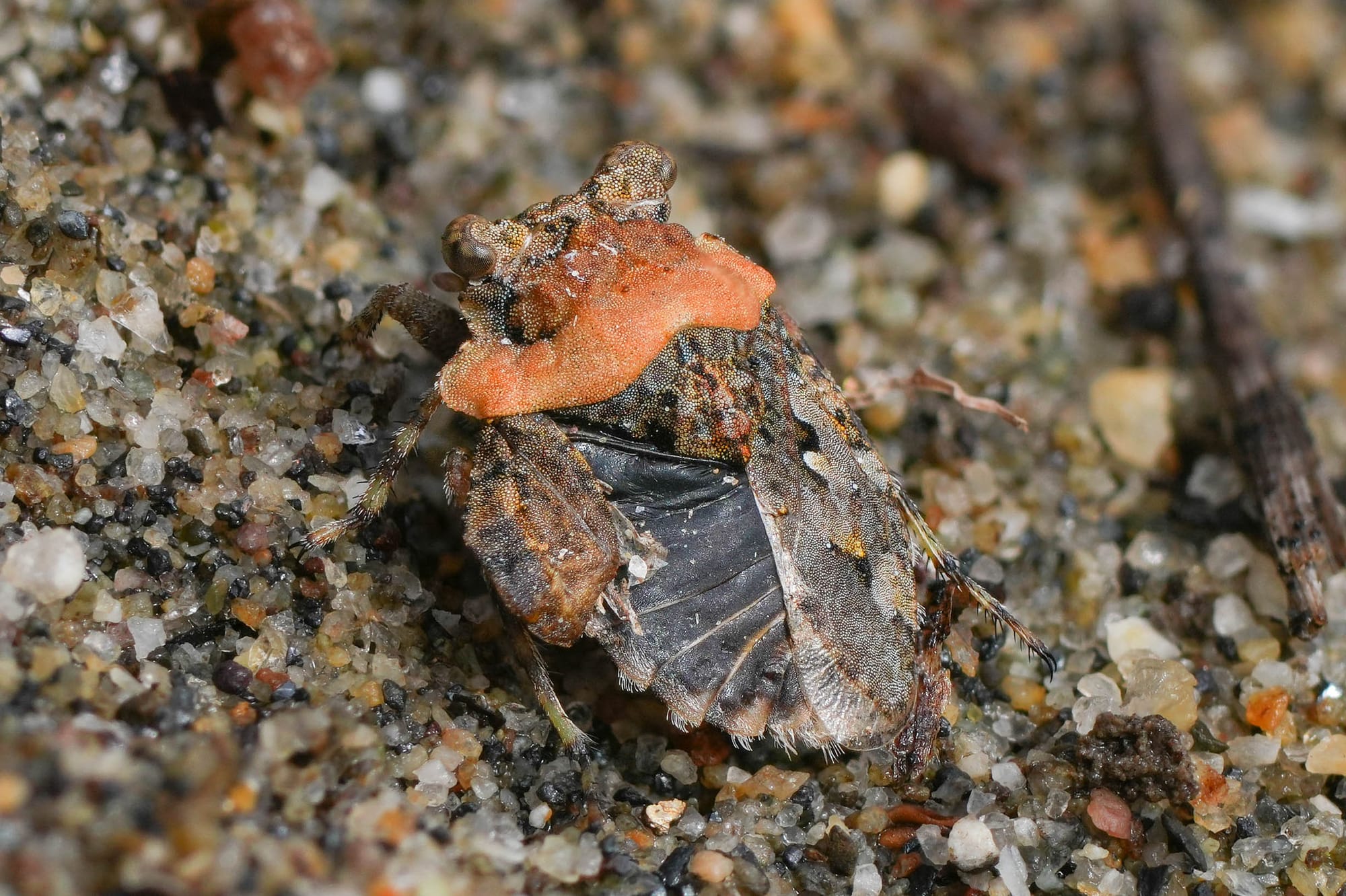
It's not easy to find information on them in the scientific literature but toad bugs must have a great story because they have unique scent glands and groups of them occur together in discrete patches. This suggests that they're gathering to interact in some way that hasn't been documented yet.

